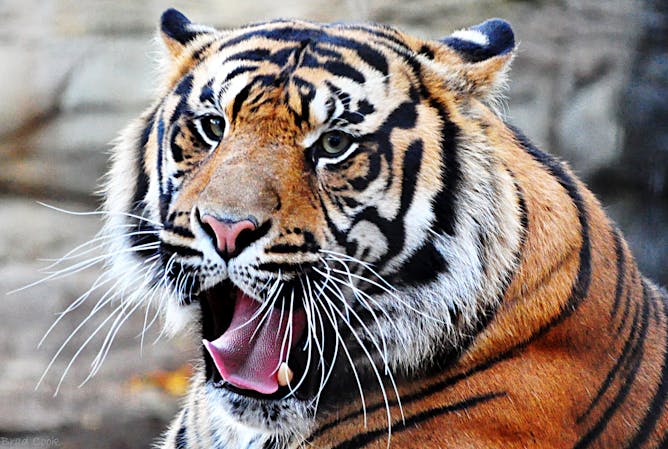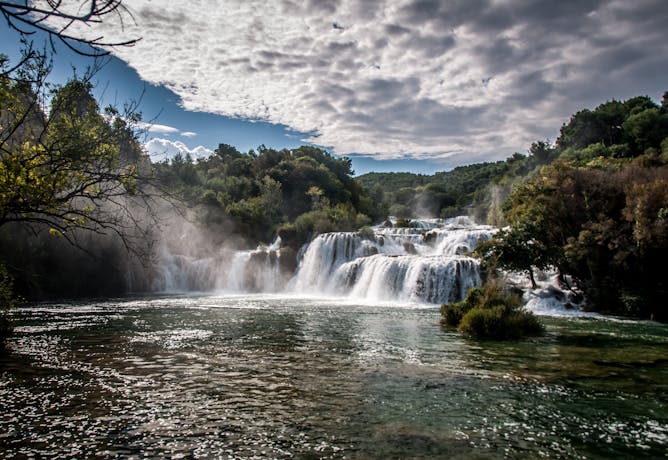|
Merry Christmas!
For the young readers in your life, we’ve got a little gift: a special newsletter chock-full of the best of this year’s Curious Kids, the series where we ask experts to answer questions from kids.
Whether they’re crazy for critters, delighted by dinosaurs, starry-eyed for space, mad for medical mysteries – there’s something for everyone here.
If you know a young person with a question to ask, email it to us.
Have a great holiday and may you never stop being curious.
|

A lot of people may think a guide dog tells a person when they can cross the road. But this is not actually true.
Shutterstock
Carmel Nottle, University of South Australia
As part of their training, a guide dog will practise getting around some of the most common places the person they will guide needs to go.
|

It’s true the Sun often looks orange, but it isn’t really orange. It is white.
Flickr/Eyesplash
Belinda Nicholson, University of Southern Queensland
The very hottest stars actually glow blue.
|

Very few people have ever had the patience to study how long garden snails live in the wild.
Emily Nunell/The Conversation CC-NY-BD
Bill Bateman, Curtin University
It has been reported that at least one snail lived as many as 14 years in captivity. His name was George and he lived in Hawaii, in the United States.
|

Tigers have whisker hairs even on their front legs and chin!
thedigme/flickr
Alexander Richard Braczkowski, The University of Queensland
Whiskers are not just ordinary hairs. They are thicker and go deeper into the tiger's skin and send messages to its brain about what is happening in the world around it.
|

Take a deep breath.
Flickr/Shenghung Lin
David Farmer, University of Melbourne
A sigh is the brain's way of stopping the tiny sacks in your lung from collapsing.
|

Nobody knows for sure where black holes lead to.
Shutterstock
Janie Hoormann, The University of Queensland
The pull created by a black hole is so strong that if you get too close to one – even if you are travelling away from it at the fastest speed it is possible to go – you will never be able escape.
|

Chemicals poured down the sink or pumped into the atmosphere can eventually end up in the groundwater, which means less available fresh water for us to use.
Flickr/Kamil Porembiński
Emma Kathryn White, University of Melbourne
While making small volumes of pure water in a lab is possible, it’s not practical. The reaction is expensive, releases lots of energy, and can cause really massive explosions.
|

Flickr/Tsvetan Bondzhov
Sherif A. Tawfik Abbas, RMIT University
Electricity happens when electrons move from one atom to another.
|